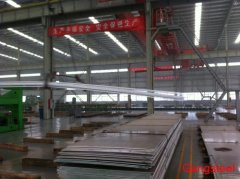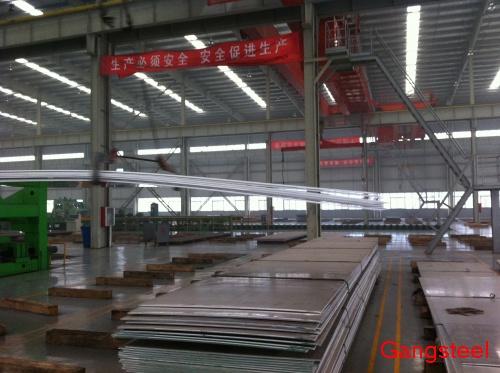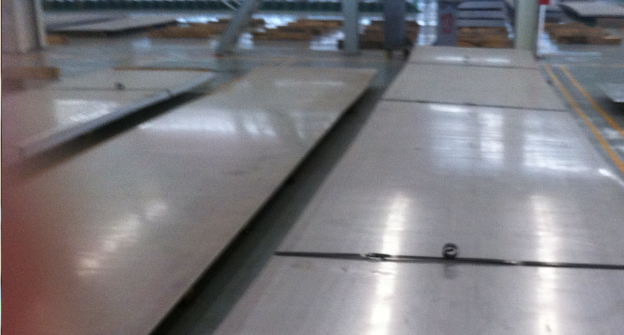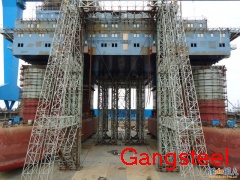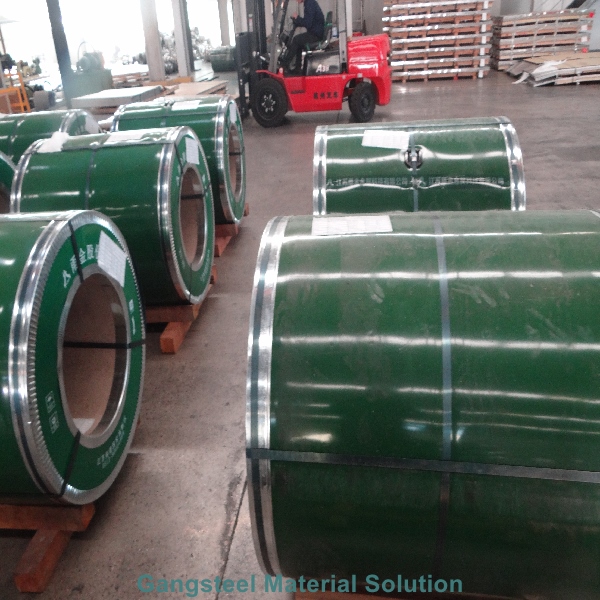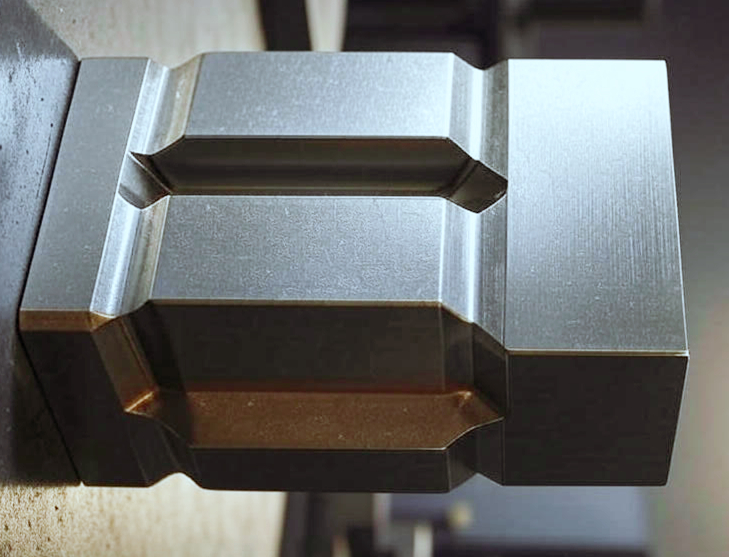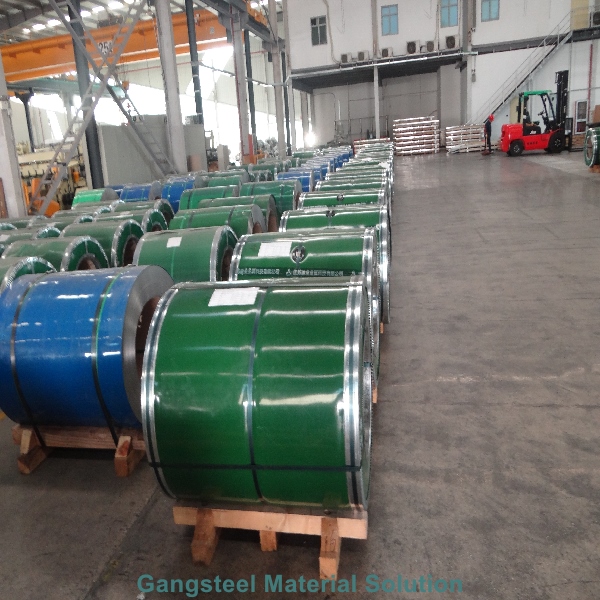-
ASME SA240 316L TP316L(S31603)
We are Sa 240 316L,ASTM A 240 316L,Sa240 Grade 316L stainless steel plate supplier. We focus on high quality
-
AH36,ABS AH36|AB/AH36|ABS Grade
AH36,ABS AH36|AB/AH36|ABS Grade AH36|AH36 STEEL PLATE Gangsteel is specialized in supplying ABS high strength s
-
A240 904L Stainless Steel Plate
Gangsteel provides A240 904L/SA240 904L stainless steel plate, sheet, pipe, and custom components, meeting ASTM
-
Haynes alloy 230|Nickel alloy 2
We export Haynes alloy 230|Nickel alloy 230|Alloy 230 steel plate, steel sheets and round bar, forged parts
-
Alloy C276 Steel Plate|Alloy C2
Gangsteel Group is a leading global supplier of Hastelloy C276, also known as Alloy C276 or UNS N10276, offerin

